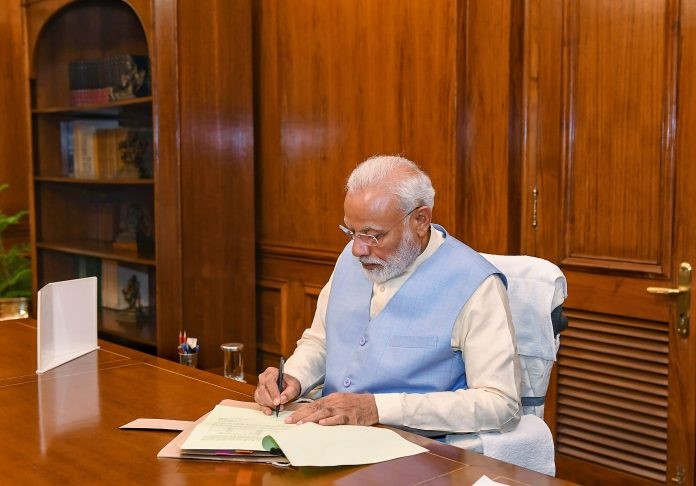

On 28th October 2021, the Indian aluminium producers sent an emergency call to the Prime Minister’s Office (PMO) for resumption of coal supply with immediate effect, stating dearth has shoved the domestic aluminium industry to the verge that might negatively impact some 5,000 MSMEs in the downstream segment at a situation they are erupting of the pandemic spasm, now which can turn out to take away more than a million jobs.

Following the Govt. of India’s decision in August 2021 to reduce coal supply by 50% from Coal India and further cut it to just 10% as rakes were rerouted to sustain inventories at power plants created drastic coal-stock circumstances at the aluminium facilities.
The fossil fuel supply was retrenched despite manufacturing of aluminium being proclaimed as a public feasibility service as it is of strategic eminence and a vital commodity for diversified sectors that are pivotal for the economy.
The insufficiency of the dry fuel is now stowing investments of around $20 billion at risk, which the industry compelled to twice the domestic capacity to over 4 million tonnes per annum to become the second-largest production capacity in the world.
The body representing the entire range of producers, Aluminium Association of India on the dreadful situation, in its submission to the PMO exemplified that coal was decisive, as there was no alternative to captive power as production of aluminium is a ceaseless process requiring 14.5 times more energy than steel production and 145 times more than cement manufacturing.

The association said: “Any power failure of more than two hours would result in the shutdown of plants for at least six months and render heavy losses, restart expenses and prolonged metal impurity. The industry invested INR 50,000 crore for setting up 9.4 GW CPPs which is 6% of the country’s total demand and 123% of the total energy traded on the Indian Energy Exchange (7.6 GW in 2021). Therefore, technically it is not feasible to get this massive power from the national grid or any other alternate source.”
As per the association’s computation, a tonne of aluminium production requires 14,500 units of seamless power against 1,000 units for making a tonne of steel and about 100 units for cement.
CRISIL Ratings said: “Ironically though, in spite of the curtailment to the aluminium industry, about 10% of the 209 GW (gigawatts) coal-based generation capacity in the country is still vulnerable to outages amid surging demand for coal.”
The rating agency further added: “Despite a 10% dip in power demand due to recent rains, coal shortage persists with inventories for about five days. Since these plants do not have supply linkages and coal prices remain elevated in the open or import market, these plants could look at backing down as operating cost outweighs revenue.”
Responses








